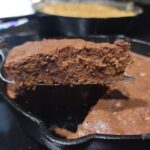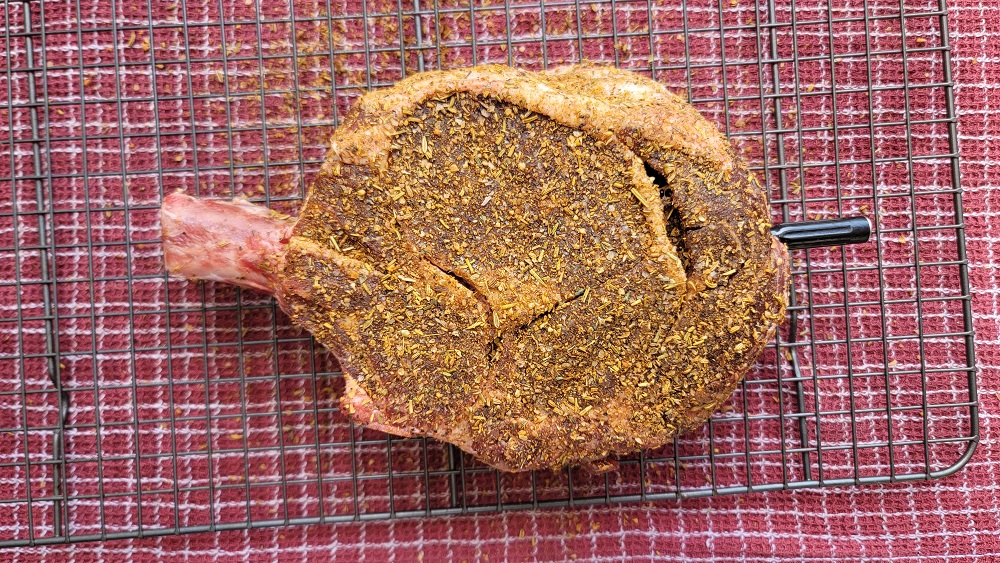
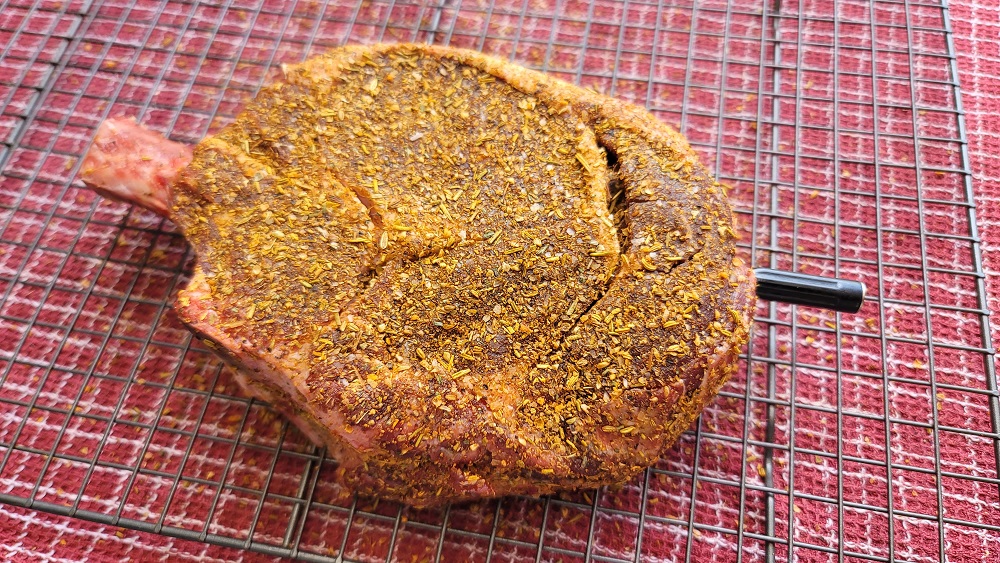
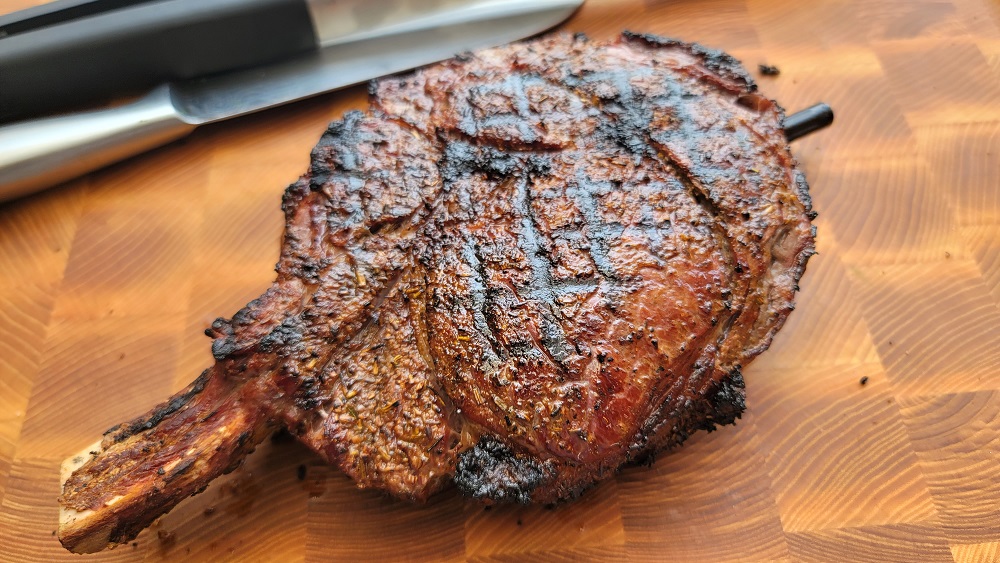

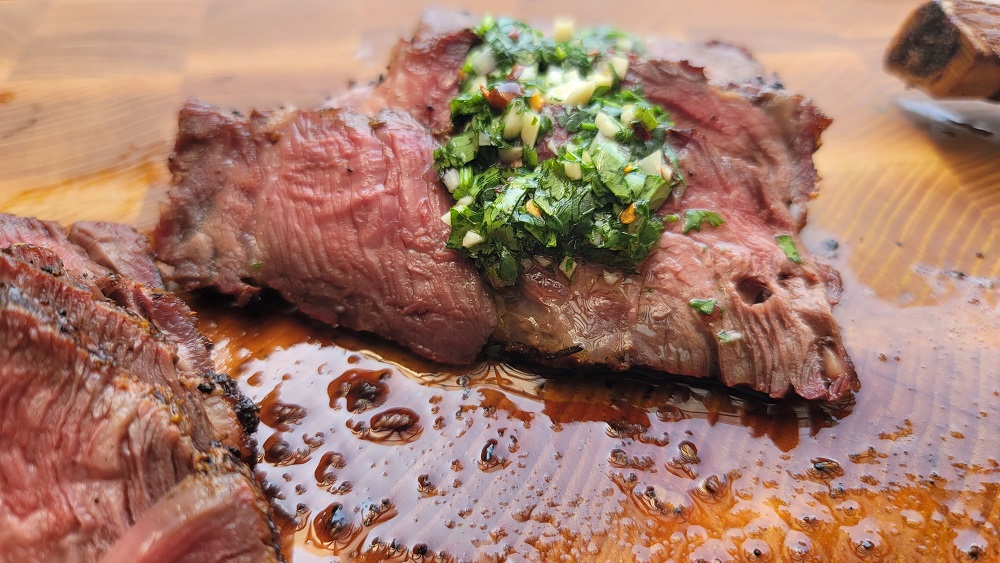
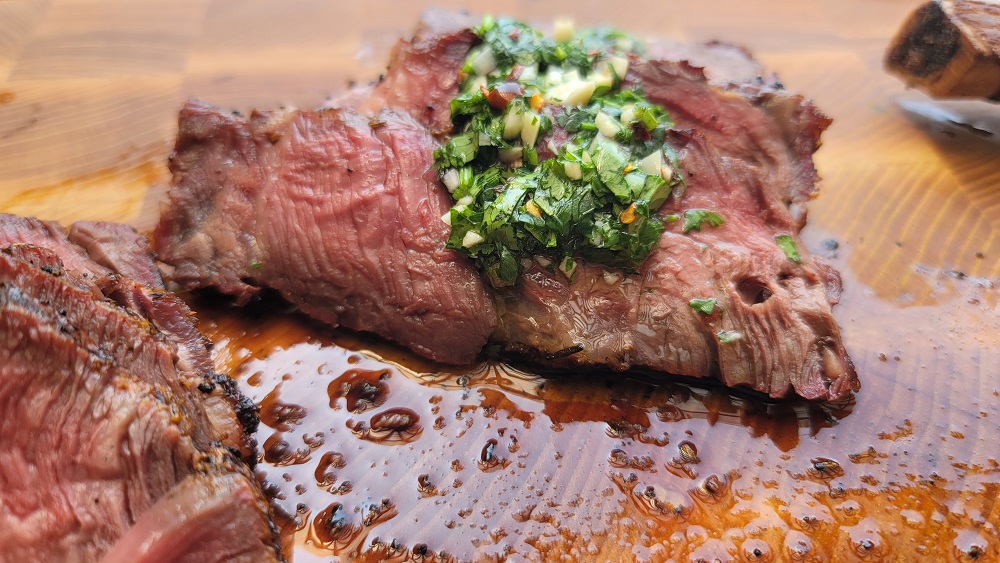
Introduction:
There’s no denying the allure of a perfectly cooked steak—a juicy, tender interior complemented by a beautifully seared crust. Achieving such culinary perfection can be a daunting task, especially with varying thicknesses and cuts of meat. However, there’s a technique that simplifies the process and guarantees consistent results: reverse searing. In this blog post, we’ll explore the reverse sear method, contrasting it with the traditional high-heat searing approach, and delve into the art of achieving the ideal doneness for different steak cuts.
What is Reverse Searing?
Reverse searing is a two-step cooking process that involves slow smoking the steak at a low temperature until it reaches a desired internal temperature and then finishing it with a high-heat sear. This method stands in contrast to the more conventional technique of searing the steak first, followed by slow cooking to reach the desired doneness.
The Reverse Sear Advantage:
- Consistent Doneness: The reverse sear method offers superior control over the steak’s internal temperature, resulting in more consistent doneness throughout the meat. By gradually bringing the steak up to temperature, it reduces the risk of uneven cooking, a common pitfall when using high heat alone.
- Tender and Juicy: Slow smoking the steak allows the heat to penetrate evenly, gently rendering the fat and breaking down connective tissues. This results in a more tender and succulent steak, while retaining moisture within the meat.
- Enhanced Flavor Development: The low and slow smoking process imparts a subtle smoky flavor, enhancing the overall taste profile of the steak. The controlled cooking environment helps to develop rich flavors, creating a steak that is not only perfectly cooked but also packed with deliciousness.
- Beautiful Sear: Finishing the steak with a high-heat sear at the end adds a final touch of flavor and texture excellence. The sear creates a flavorful crust on the exterior while locking in the meat’s natural juices, resulting in a delightful contrast between the caramelized outer layer and the tender interior.
Choosing the Right Doneness:
While personal preferences vary, certain steak cuts lend themselves better to specific levels of doneness. Here are some guidelines to help you decide:
- Rare: Cuts like tenderloin (filet mignon) and ribeye are often enjoyed rarely. The shorter cooking time for rare steaks ensures they remain tender and juicy, with a vivid red interior. However, be mindful that these cuts have less fat marbling, so the window between rare and overcooked is narrow.
- Medium Rare: This is often considered the sweet spot for most steak cuts. It offers a balance between tenderness and flavor development. Cuts like strip steak (New York strip) and sirloin are excellent choices when aiming for a medium-rare doneness. The interior will be pink with a warm red center, delivering optimal juiciness and tenderness.
Reverse Seared ribeye
Dry brine a ribeye steak for at least 6 hrs, overnight for maximum flavor. This dry brine will be just kosher salt. Use as much salt as you would use for your seasoning. Before cooking, pull the steak out and rest it on the countertop to allow it to come up to room temperature. This will give your steak a more even cook as well as a faster cook.
For this cook, we used a 2½ inch cowboy ribeye steak and coated it with about 2 tbsp of kosher salt. For a dry brine, use any salt kosher or better.
Fire up your smoker and slow cook the steak between 225-250° until the internal temp is about 110°. Remove and rest and then get your fire very hot for the sear, about 500+ degrees. Sear for about 2 minutes per side, flipping every minute. Continue this process until you get the desired doneness you seek. Pull at 125° IT and rest for the perfect edge-to-edge medium rare.
Conclusion:
Mastering the art of cooking steaks can be challenging, but the reverse sear method simplifies the process and guarantees consistent results. By slow smoking the steak to the desired temperature and then finishing with a high-heat sear, you achieve a perfectly cooked steak with a tender interior and a flavorful, caramelized crust. Remember to consider the recommended doneness for different steak cuts to ensure the best eating experience possible. With practice and a willingness to experiment



